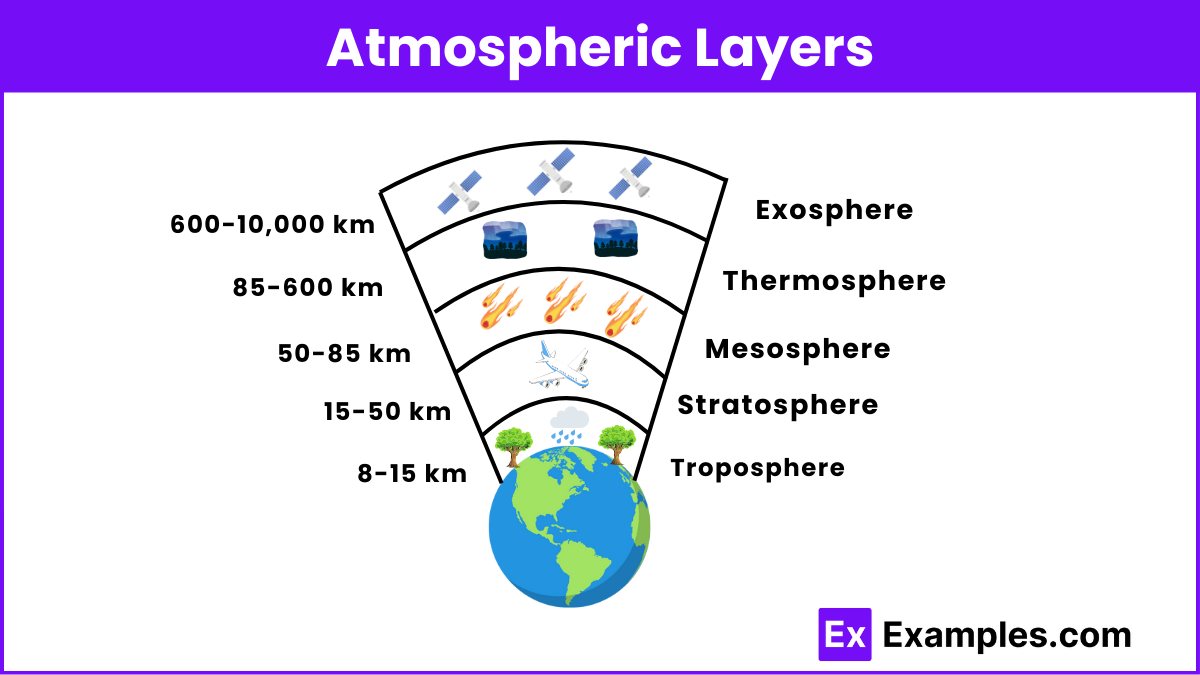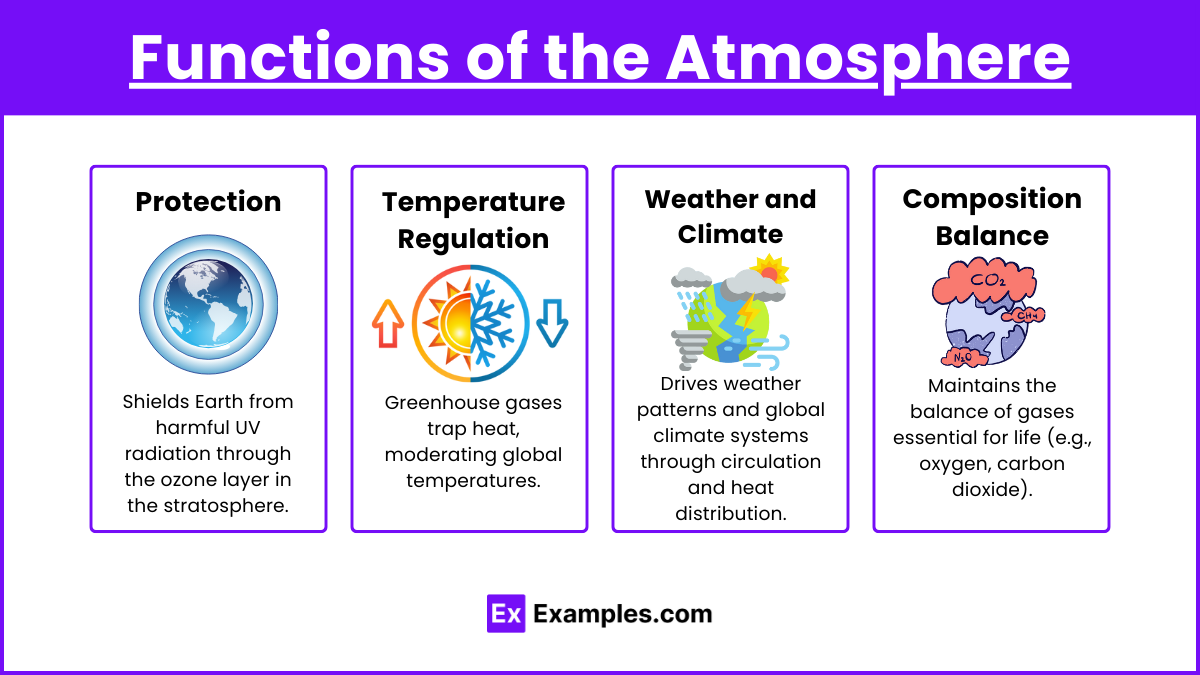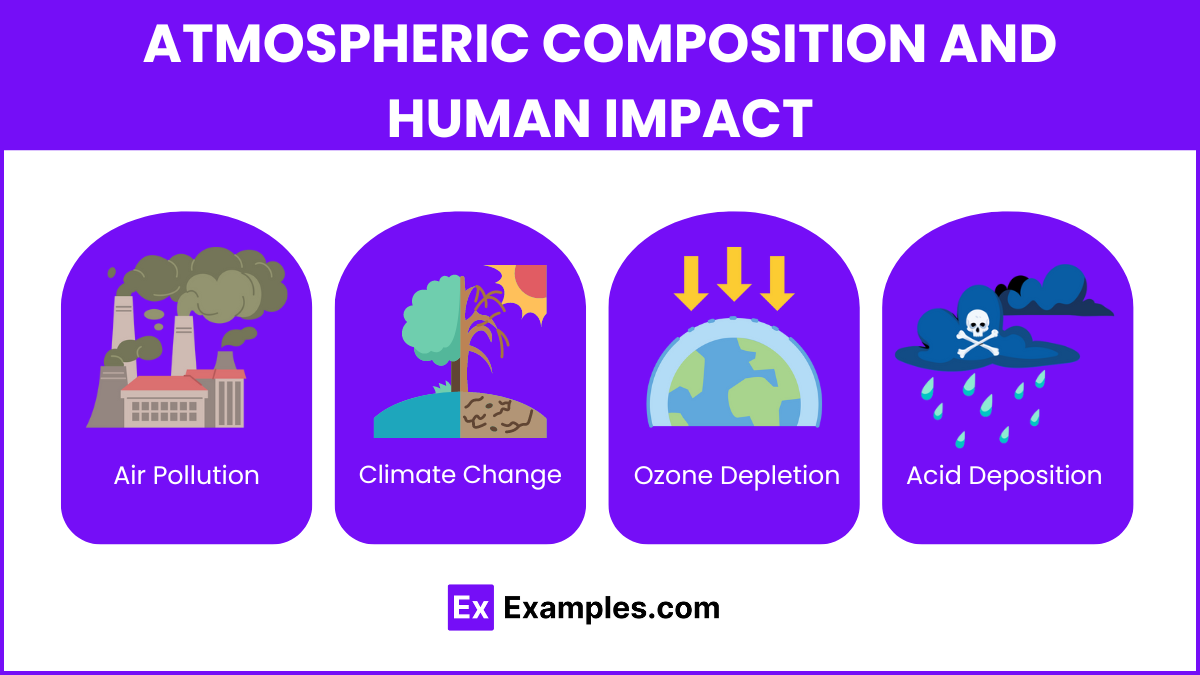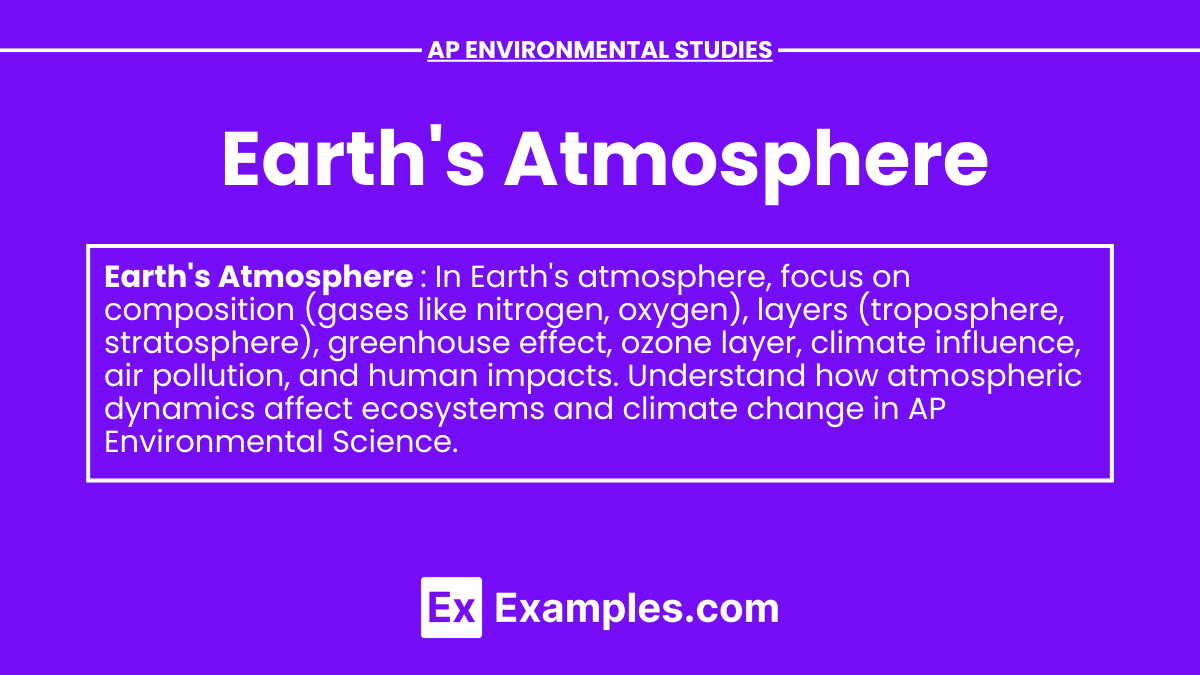Earth’s atmosphere is a critical component of the biosphere, supporting diverse ecosystems and biodiversity essential for ecological balance. It encompasses layers like the troposphere and stratosphere, regulating climate and weather patterns crucial for life on Earth. AP Environmental Science emphasizes understanding atmospheric dynamics, including the role of greenhouse gases in climate change and their impact on ecosystems. Studying atmospheric processes is integral to comprehending how human activities influence the biosphere, from local air quality to global environmental sustainability efforts.
Learning Objectives
Earth’s atmosphere in AP Environmental Science include understanding its composition and layers, the role of greenhouse gases in climate change affecting flora and fauna, and interactions with organisms. Students will explore atmospheric dynamics influencing weather patterns and biodiversity. They will analyze human impacts on air quality and global climate, emphasizing sustainable practices. Learning will focus on assessing the effects of pollution and ozone depletion on ecosystems and exploring strategies to mitigate environmental degradation and promote resilience in natural systems.
Definition
The Earth’s atmosphere is a thin layer of gases surrounding the planet, crucial for supporting life and moderating climate. It consists primarily of nitrogen (78%) and oxygen (21%), with trace amounts of other gases such as argon, carbon dioxide, and water vapor.
Atmospheric Layers

- Troposphere: Closest to Earth’s surface, where weather occurs. Temperature decreases with altitude.
- Stratosphere: Contains the ozone layer, which absorbs UV radiation. Temperature increases with altitude due to ozone absorption of UV.
- Mesosphere: Cold layer where meteors burn up.
- Thermosphere: Uppermost layer, where auroras occur. Temperature increases with altitude due to absorption of solar radiation.
- Exosphere: Transition zone to outer space.
Functions of the Atmosphere

- Protection: Shields Earth from harmful UV radiation through the ozone layer in the stratosphere.
- Temperature Regulation: Greenhouse gases trap heat, moderating global temperatures.
- Weather and Climate: Drives weather patterns and global climate systems through circulation and heat distribution.
- Composition Balance: Maintains the balance of gases essential for life (e.g., oxygen, carbon dioxide).
Atmospheric Composition and Human Impact

- Air Pollution: Anthropogenic activities release pollutants like sulfur dioxide and nitrogen oxides, contributing to smog and acid rain.
- Climate Change: Increased greenhouse gas emissions lead to global warming and climate instability.
- Ozone Depletion: Human-made chemicals like CFCs have depleted the ozone layer, increasing UV radiation reaching Earth’s surface.
- Acid Deposition: Pollutants combine with atmospheric moisture to form acids, affecting ecosystems and water bodies.
Key Concepts and Issues
- Greenhouse Effect: Natural process where greenhouse gases trap heat in the atmosphere, essential for maintaining Earth’s temperature.
- Air Quality Index (AQI): Measures pollution levels and their impacts on human health.
- Stratospheric Ozone Depletion: Effects on human health and ecosystems due to increased UV exposure.
- Air Quality Standards: Regulations to control emissions and protect public health.
- Climate Mitigation and Adaptation: Strategies to reduce greenhouse gas emissions and adapt to climate change impacts.
Current Challenges
- Anthropogenic Climate Change: Rising temperatures, sea level rise, extreme weather events.
- Air Quality: Urban pollution, health impacts, regulatory measures.
- International Agreements: Paris Agreement, Kyoto Protocol to address global environmental challenges.


